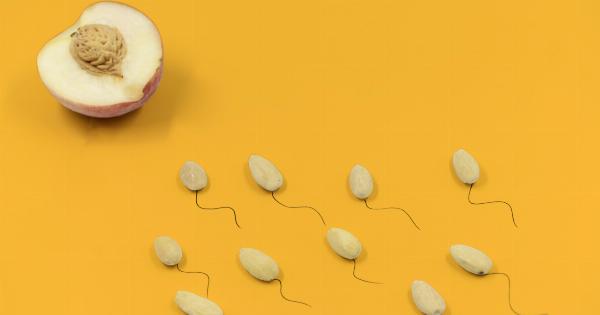The fertile window refers to the period in a woman’s menstrual cycle when she is most likely to conceive a baby. This window is limited to a few days each month and is determined by the lifespan of both the sperm and the egg.
Understanding your fertile window can significantly increase your chances of conception, whether you are trying to get pregnant or trying to avoid pregnancy.
How to Determine Your Fertile Window
There are several methods to determine your fertile window. Let’s explore the most common ones:.
1. Tracking Your Menstrual Cycle
One of the simplest ways to determine your fertile window is by tracking your menstrual cycle. Typically, a woman’s cycle lasts around 28 days, with ovulation occurring around day 14.
However, cycles can vary from person to person, so it is essential to track your own cycle to accurately determine your fertile window. By keeping a record of the start and end dates of your period over several months, you can identify patterns and predict when ovulation is most likely to occur.
2. Monitoring Basal Body Temperature
Basal body temperature (BBT) refers to your body’s temperature at rest. By tracking your BBT each morning before getting out of bed, you can detect subtle changes that indicate ovulation.
Typically, your BBT will be slightly lower before ovulation and rise by a few tenths of a degree Fahrenheit after ovulation. This temperature shift indicates that you have entered your fertile window.
3. Checking Cervical Mucus
Cervical mucus changes throughout the menstrual cycle and can provide valuable information about fertility. Before and during ovulation, cervical mucus becomes clearer, stretchier, and more slippery, resembling raw egg whites.
This type of mucus creates a hospitable environment for sperm, allowing them to survive and swim easily towards the egg. By monitoring your cervical mucus daily, you can identify when you are most likely in your fertile window.
4. Using Ovulation Predictor Kits
Ovulation predictor kits (OPKs) are available over the counter and are a convenient method to determine your fertile window. These kits detect the surge in luteinizing hormone (LH) that occurs 24-36 hours before ovulation.
By following the instructions provided with the test kit, you can identify the LH surge and know when your fertile window will occur.
Factors That Influence the Fertile Window
While the methods mentioned above can help you estimate your fertile window, it is important to remember that individual factors can influence the length and timing of this window:.
1. Menstrual Cycle Irregularities
Women with irregular menstrual cycles may have a more unpredictable fertile window. Irregularities can be caused by various factors such as stress, hormonal imbalances, or underlying medical conditions.
If you have irregular cycles, consulting with a healthcare professional can provide you with guidance on how to determine your fertile window more accurately.
2. Cycle Length
Although the average menstrual cycle lasts around 28 days, some women may have shorter or longer cycles. Those with shorter cycles may have a fertile window that occurs earlier, while those with longer cycles may have a fertile window that occurs later.
Understanding your specific cycle length is key to estimating your fertile window correctly.
3. Sperm Lifespan
Sperm can survive within the female reproductive system for up to five days. This means that even if you have intercourse a few days before ovulation, sperm can still be present and fertilize the egg.
Understanding the lifespan of sperm can help you extend your fertile window and increase your chances of conception.
4. Egg Lifespan
Once released from the ovary, the egg has a lifespan of about 12-24 hours. In order to conceive, fertilization must occur within this timeframe.
By knowing the lifespan of the egg, you can plan to have intercourse before ovulation to maximize your chances of sperm being present when the egg is released.
Conclusion
Understanding your fertile window is essential for couples trying to conceive and for those who want to avoid pregnancy.
By using various methods such as tracking your menstrual cycle, monitoring basal body temperature, checking cervical mucus, or using ovulation predictor kits, you can accurately determine your fertile window and increase the likelihood of conception. Factors like menstrual cycle irregularities, cycle length, sperm and egg lifespan can influence the length and timing of your fertile window. By being aware of these factors, you can better plan for pregnancy or contraception.





























